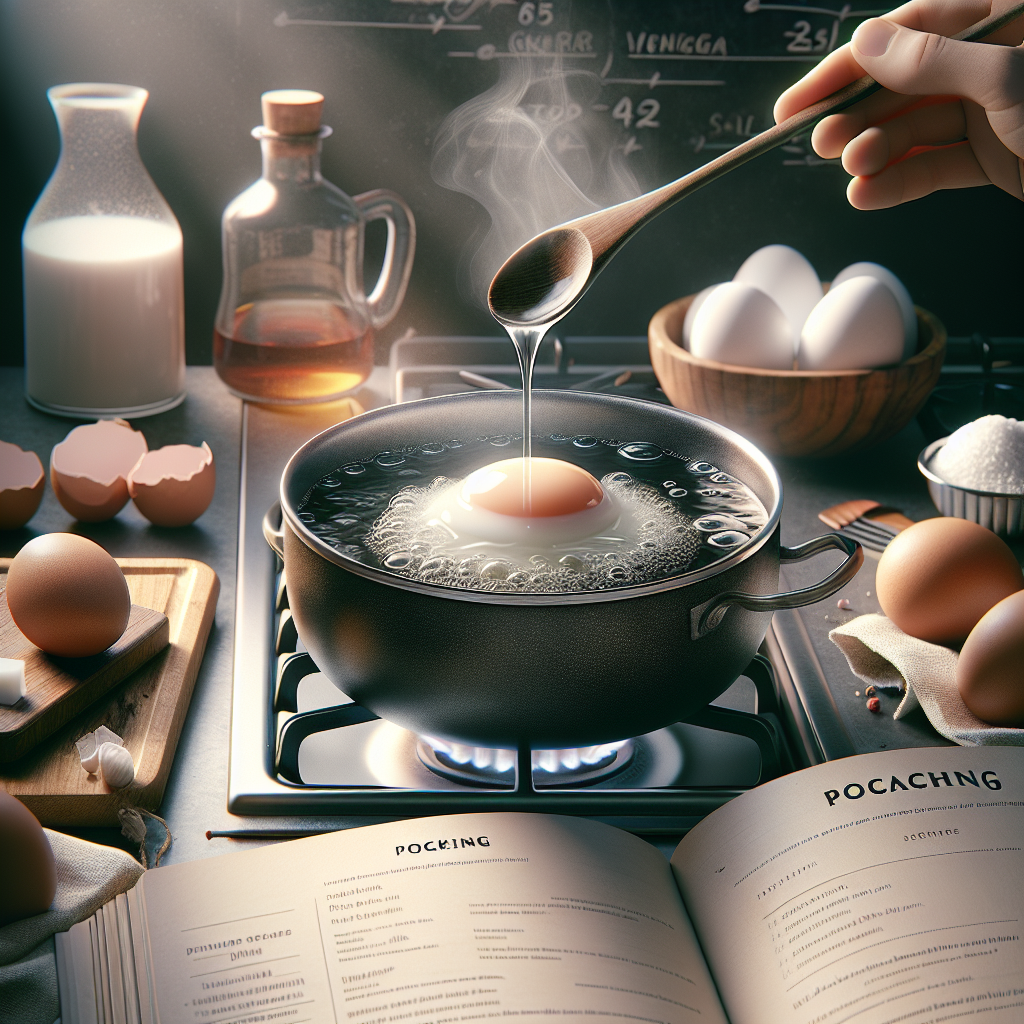Cooking is an art, and mastering the techniques can elevate your culinary skills. One method that stands out for its ability to produce tender, flavorful dishes is poaching. Often overlooked in contemporary kitchens, poaching is a gentle cooking technique that involves simmering food in liquid, allowing for a subtle infusion of flavors. Let’s dive into the world of poaching and explore specific techniques, tips, and benefits of this exquisite cooking method.
What is Poaching?
Poaching typically involves cooking food in water, broth, or other flavored liquids at low temperatures, usually between 160°F to 180°F (70°C to 82°C). This method is particularly effective for delicate foods such as eggs, fish, poultry, and fruits. The slow and gentle heat prevents toughening and helps retain moisture, resulting in tender and succulent dishes.
Types of Poaching
1. Shallow Poaching
Shallow poaching involves using a small amount of liquid, often in a skillet or sauté pan. The food is placed in the liquid, which is then heated to a simmer. This technique is ideal for cooking fish fillets or chicken breasts, allowing for easy flavor integration.
Technique:
- Use enough liquid to cover the food halfway.
- Add aromatics like herbs, spices, and citrus to enhance flavor.
- Cover with a lid and simmer gently.
2. Deep Poaching
Deep poaching requires more liquid, submerging the food completely. This method is perfect for cooking whole fish or tender cuts of meat. The food is cooked evenly, ensuring a tender texture.
Technique:
- Fill a pot or deep pan with broth, water, or flavored liquid.
- Bring to a simmer and add the food.
- Maintain a gentle simmer, checking for doneness periodically.
3. Sous Vide Poaching
Sous vide is a modern approach to poaching where food is vacuum-sealed in a bag and cooked in a water bath at precise temperatures. This technique ensures even cooking and retains the food’s natural moisture and flavor.
Technique:
- Season your food, then place it in a vacuum-sealed bag.
- Cook in a water bath set to your desired temperature for the appropriate time.
- Finish with a quick sear, if desired, for added texture.
Benefits of Poaching
- Moisture Retention: Poaching helps foods maintain moisture, making them tender and juicy.
- Flavor Infusion: Cooking food in flavored liquids allows for a depth of flavor that can elevate the dish.
- Healthier Cooking: As poaching doesn’t use added fats or oils, it’s a healthier cooking option, ideal for low-calorie diets.
- Versatility: This technique is suitable for various foods, including meats, fish, vegetables, and fruits, making it accessible for any meal.
Tips for Perfect Poaching
- Choose the Right Liquid: Use broth, wine, or spiced water to complement and enhance the main ingredient’s flavor.
- Watch the Temperature: Avoid boiling, as it can cause food to become tough. Keep the liquid at a steady simmer.
- Timing is Key: Each ingredient has a different cooking time. Fish typically takes 10-15 minutes, while chicken may require 20-30 minutes.
- Add Aromatics: Enhance your broth with herbs, spices, vinegar, or citrus for a more complex flavor profile.
- Don’t Overcrowd: Allow enough space for the food to cook evenly, preventing it from sticking together.
Conclusion
Poaching is a timeless cooking technique that offers a pathway to perfectly tender dishes. By mastering this method, you can elevate your cooking repertoire, impress your guests, and appreciate the subtle art of gentle preparation. Whether you’re a novice cook or a seasoned chef, the world of poaching invites you to experiment and discover the delicate flavors and textures just waiting to be unveiled. So grab your pot, select your ingredients, and embark on your poaching adventure!

